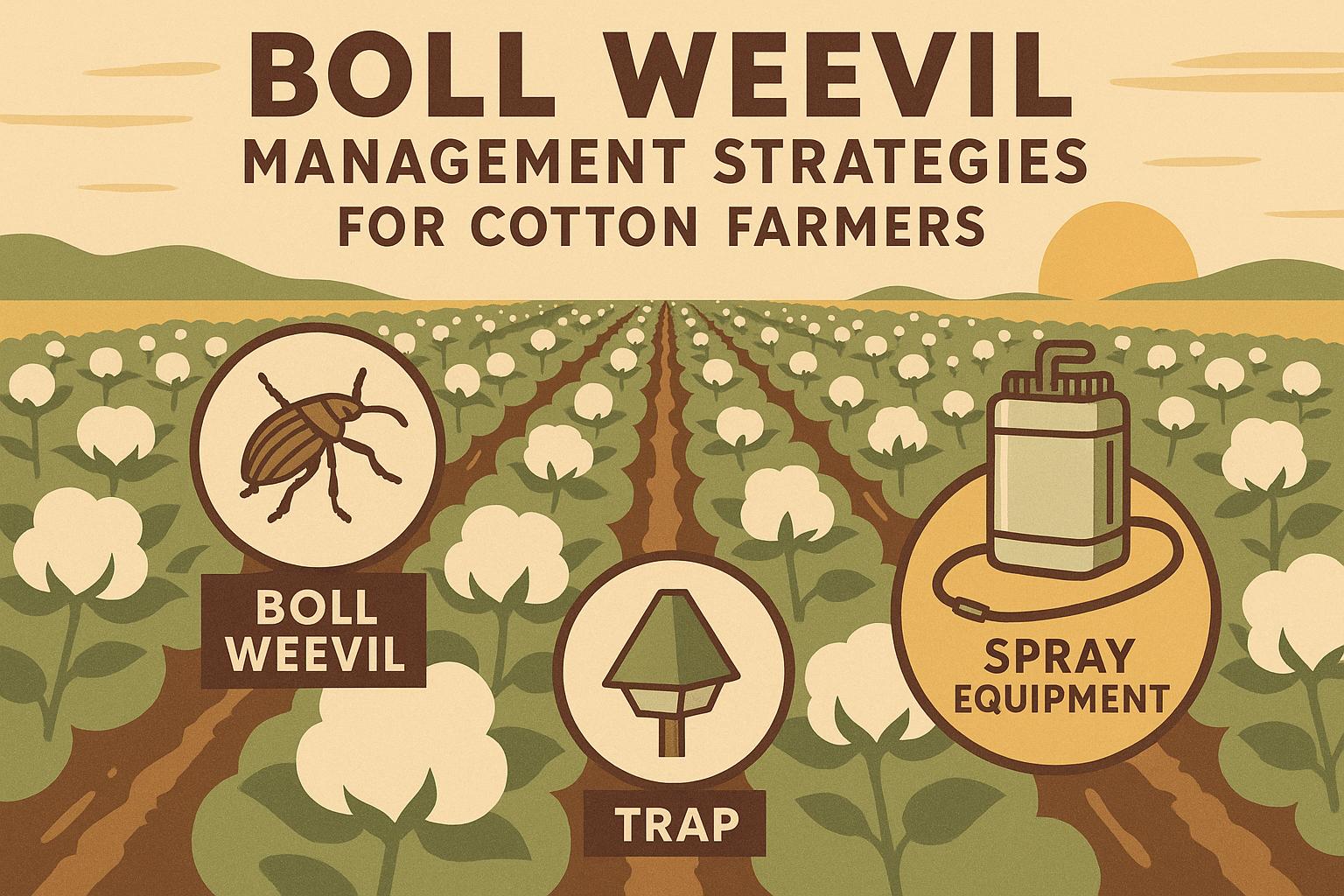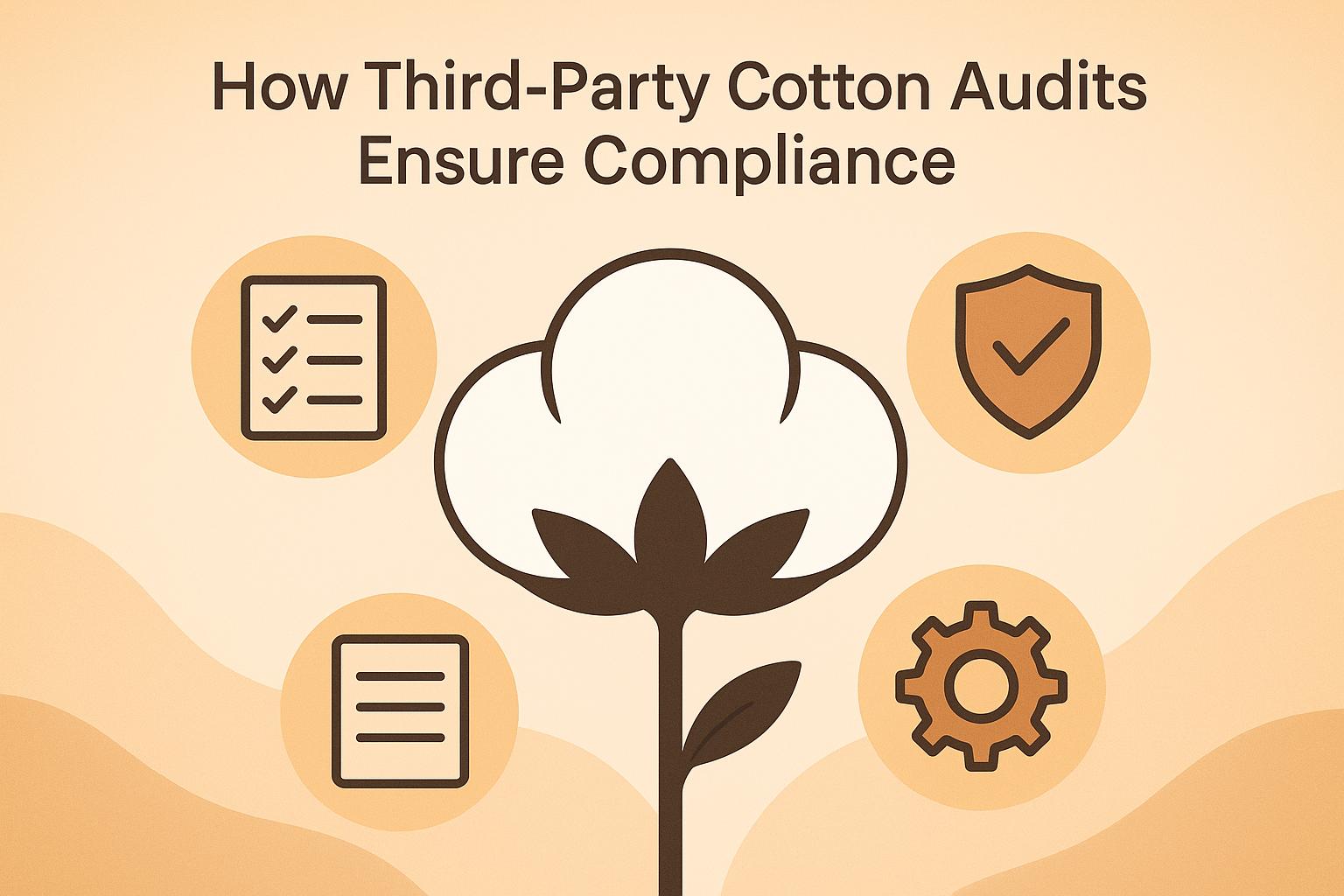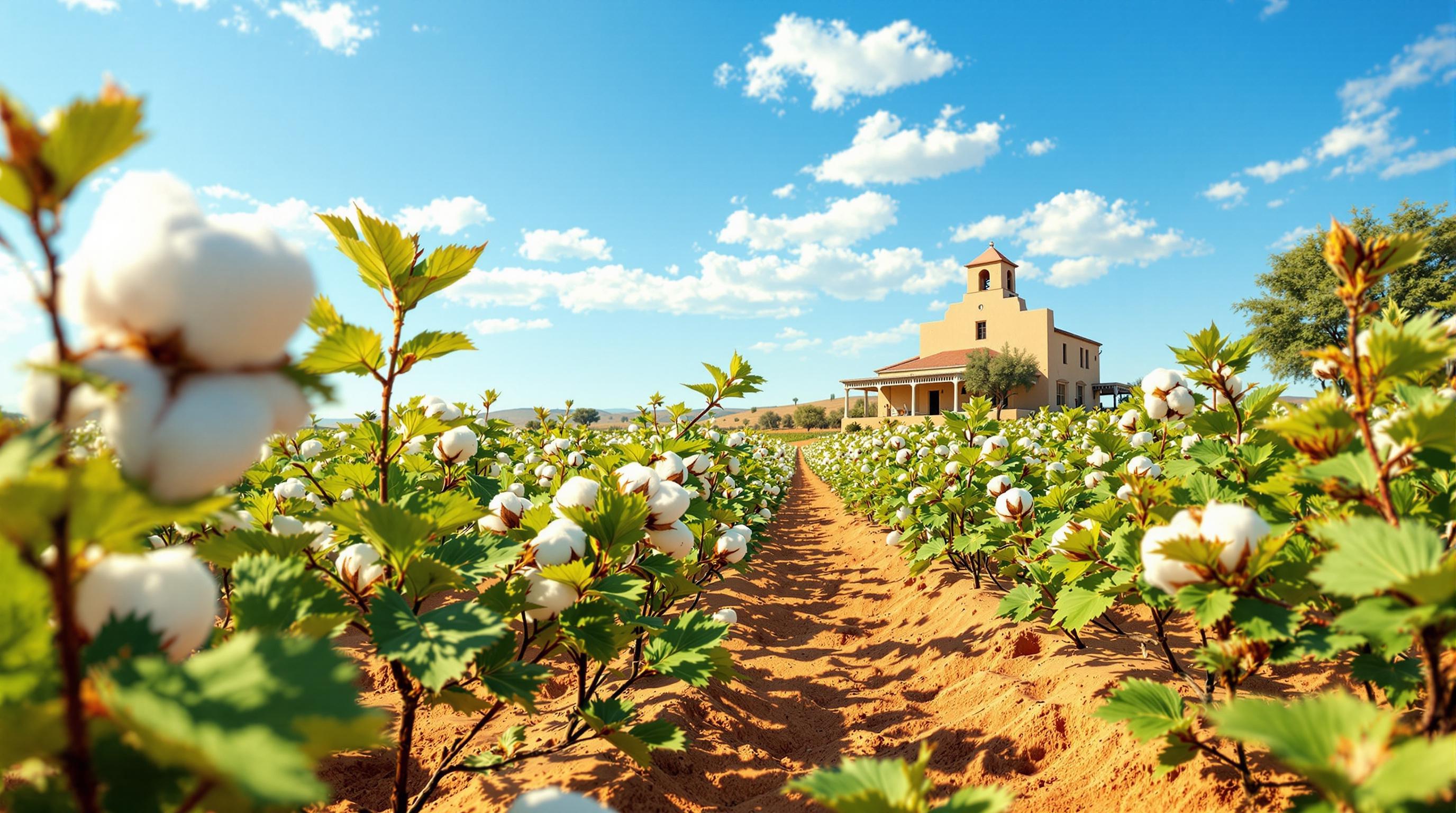Executive summary (TL;DR)
- Grasp cotton market dynamics with supply-demand balances—global production at 115 million bales influences U.S. prices, guiding hedges for 10-15% better returns in volatile years.
- Factor export trends (U.S. 75% output shipped) and subsidies (covering 15-25% costs); use basis tracking to time sales for 5 cents/lb gains on quality lint.
- Monitor input costs (50-60% budget) and consumer shifts to naturals; diversify with non-ag investments to buffer 20% price swings for long-term stability.
Related Post: For data-driven insights, check out our post on Key Cotton Marketing Statistics Every Farmer Should Know.
Market dynamics aren't abstract—they're the forces that turn your bales into bills or leave you holding the bag when prices tank. You watch global production surge or exports stall, and suddenly your forward contract looks brilliant or regrettable. For farmers with years of reading basis and futures, understanding cotton market dynamics means decoding the push-pull to make moves that protect profits without second-guessing.
We're unpacking the key drivers here, assuming you've got your hedges and co-ops basics solid. This is about the interplay that shapes pricing, backed by data from USDA reports, Cotton Incorporated analyses, and market outlooks from ICAC. I'll pull from those, share how they play out in real ops, and give you the tools to apply them for better decisions. No crystal ball, just the patterns that help you stay ahead.
Supply Side: Production and Stock Influences
Cotton market dynamics start with supply—world production 110-120 million bales yearly, U.S. 15-20 million share, per USDA. Oversupply (stocks-to-use >70%) depresses prices 10-20 cents/lb; tight ( <60%) rallies them.
Why it matters: Weather in top producers (India 25%, China 20%, U.S. 15%) swings global—drought drops 5-10 million bales, lifting basis. Cotton Incorporated tracks: U.S. yields 800-1,000 lbs/acre average; high years flood markets.
For your farm: If production stats show surplus, forward 50%; shortage, hold for spikes. A High Plains grower I know used supply data to sell early in oversupply, avoiding 15 15-cent drop.
Factors:
- Acreage: U.S. 10-12 million acres; rotations shift 5-10%.
- Yields: Biotech varieties up 20% over standards.
- Stocks: Ending stocks 50-60 million global; high signals bear.
Off-topic: Business tool—use WASDE reports monthly; apps alert on stock changes for quick hedges.
Demand Drivers: Consumption and End-Use Trends
Demand consumes 115 million bales yearly, apparel 70%, home textiles 20%, and industrial 10%, according to ICAC data. Growth 1-2% yearly from population, but shifts to a synthetic cap it.
Dynamics: Asia (60% use) booms apparel; slow economies drop 5-10 million bales. Cotton Council: Natural preference up 10% yearly for eco-buyers, premium for sustainable.
Impact on farmers: High demand lifts prices 5-10 cents; low tanks. Monitor textile trends—fast fashion cycles inventory fast.
Strategy: Diversify quality for premium markets; cert like Better Cotton adds 10-20% value.
Consumer shift: 70% prefer natural over plastic, surveys show—your edge in dynamics.
Export Flows: Global Trade's Market Mover
U.S. exports 12-15 million bales, 75% production—top to Vietnam, China, Turkey (50% share), USDA.
Trends: Trade policies (tariffs 5-10%) or currency shifts swing 10-20% flows, prices. Strong dollar drops exports 5-10%, basis down.
For growers: Export stats high? Basis firm; low, hold, or hedge. Cotton Outlook: Low stocks-to-use signals export rallies.
Pro tip: Use futures tied to exports; lock when China demand spikes.
Chart: Imagine a line of U.S. exports vs. price—direct correlation, 75% export reliance drives.
Price Volatility: Navigating the Swings
Prices 65-85 cents/lb average, volatility 20-30% yearly, USDA. Inputs 50-60% costs—fert 25%, seed 15%.
Dynamics: Supply surplus depresses; demand surge rallies. Subsidies cover 15-25%, buffering lows.
Farmer angle: Basis -5 to -10 cents vs. futures; co-ops narrow 2-3 cents.
Strategy: Hedge 40-60% on dynamics—low stocks, forward; high, options for upside.
Purdue: Data-driven hedging ups returns 15%.
Input Cost Pressures: The Squeeze on Profits
Fert 25-30%, seed 15-20%, pest 10-15%, USDA breakdowns. Energy for irrigation 5-10% West.
Trends: Urea spikes 20% on global events; seeds up with traits.
To counter: Dynamics show cost rises with supply—lock inputs when production is high, prices are low.
Cotton Incorporated: Precision cuts costs 10-15%, easing pressure.
Off-topic: Market strategy—use dynamics for budgeting; business tools like FarmLogs forecast costs based on trends.
Subsidy and Policy Impacts: Safety Net in Dynamics
U.S. subsidies $1-2 billion yearly, covering 15-25% costs, Farm Bill.
Dynamics: Policies like tariffs distort 5-10% prices; subsidies stabilize at lows.
For you: Track Farm Bill provisions; insurance claims 40% weather-related.
ICAC: Global subsidies (China 40%) affect the U.S. 10% through trade.
Strategy: Use for risk management; diversify non-ag to supplement.
Consumer and End-Use Shifts: Demand's Evolving Face
Apparel demand for natural up 10%; eco-labels premium 10-30%.
Dynamics: Fast fashion increases turnover; sustainability shifts favor cotton over plastic.
Cotton Council: Per capita use 25 lbs global; U.S. 35 lbs.
Farmer response: Quality for premiums—strong fiber for denim adds 2 cents.
Tech and Innovation in Market Dynamics
AI predicts dynamics 85% accuracy, boosting hedges 10%.
Tools: Apps for real-time exports; blockchain for trace, adding value.
Cotton Trust Protocol: Enrolled farms see 10% buyer preference.
For growers: Use to time sales; dynamics with tech up returns 15%.
Risk Management: Hedging Dynamics
70% growers hedge, 10-15% better returns, USDA.
Dynamics: Low volatility? Hold; high, options.
Morningstar: Balanced approach stabilizes 20%.
Pro tip: Basis contracts when dynamics favor exports.
Case Studies: Mastering Dynamics
A Texas op tracked supply, hedged early in surplus—avoided 20-cent drop.
Southeast grower used demand stats for sustainable cert, premiums up 15%.
Midwest: Policy dynamics guided subsidy use, funded tech for 10% yields.
Common Missteps: Ignoring Signals, Over-Hedging
Ignore supply? Oversell in rallies. Over-hedge? Miss upsides.
Fix: Monthly reviews; diversify tools.
Building Your Market Dynamics Playbook
- Monitor the USDA monthly.
- App alerts for exports/prices.
- Hedge based on stocks-to-use.
- Quality for premiums in demand shifts.
Financial advisors, ag-specialized, can help tailor.
The Dynamics Edge
Understanding cotton market dynamics empowers you to navigate volatility, secure profits, and sustain the farm. Data's your ally; use it to stay ahead.
Actionable Takeaways
- Track supply monthly; hedge 50% on >70% stocks-to-use.
- Monitor Asia demand; certify for 10-20% premiums.
- Lock inputs on high production signals; save 10%.
- Use apps for basis; time sales for 5-cents gains.


